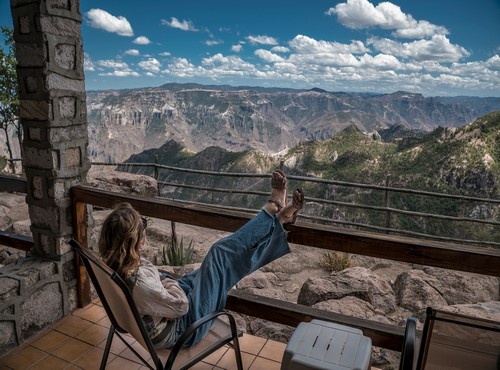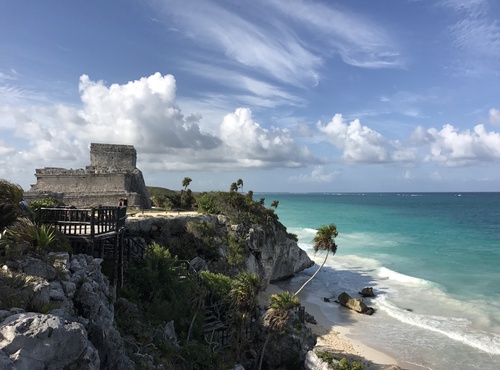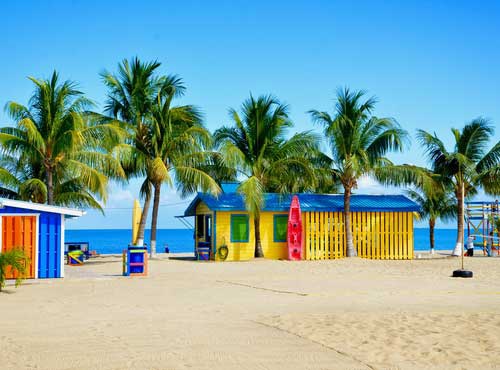
Written by:undefined undefined
Published: 13-12-2022
Some of the best things about Costa Rica are its geographical size and the fact that there is so much to see and do. This country doesn’t just permit cross-region travel, it encourages hitting the road and fitting in many different experiences into one visit. Gone are the days of week-long vacations spent lounging in one place. Several Costa Rica transportation options make the rainforest, cloud forest, volcanos, canals, mountains, and beaches all possible experiences during one trip, even if you are traveling on a budget. Here are the best ways to get around in Costa Rica.
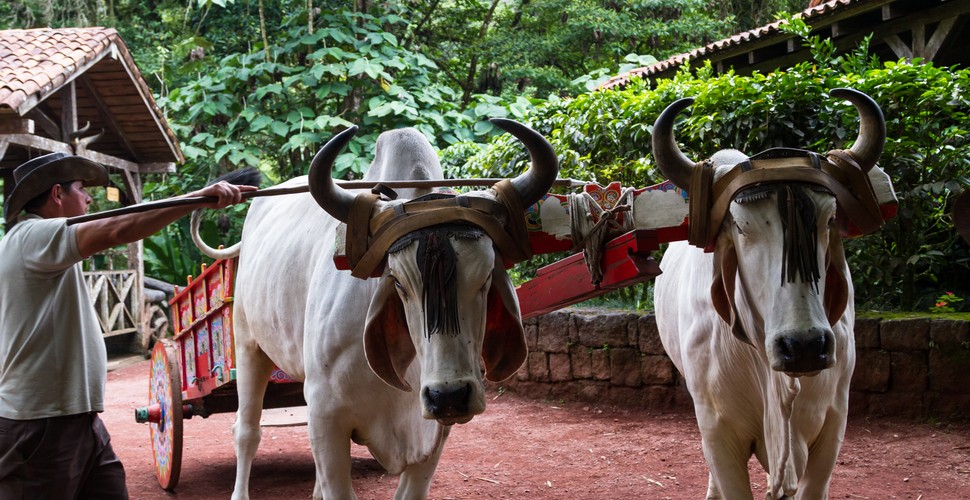
Traditional Oxcart
Internal Flights in Costa Rica
Flying on a domestic flight is the quickest way to get around Costa Rica. What would take you 4-5 hours to drive, will take just 30 minutes if you fly. There are a couple of local airlines in Costa Rica, that fly throughout the country. The biggest one is Sansa Air with the most flights. They fly from San Jose International Airport and Liberia International Airport to local airports throughout the country like La Fortuna, Quepos, Puerto Jimenez, Drake Bay, and Tamarindo. Costa Rica Green Airways operates between San Jose’s Juan Santamaria (SJO) airport and Tambor and Quepos. Pre-pandemic, they’d planned to expand services to Tamarindo, Nosara, Liberia, Puerto Jimenez, and Golfito. That’s still on the cards sometime soon. If you’re traveling in a large group, air-charter taxis can prove a reasonably cheap way to get to the country’s more remote areas.
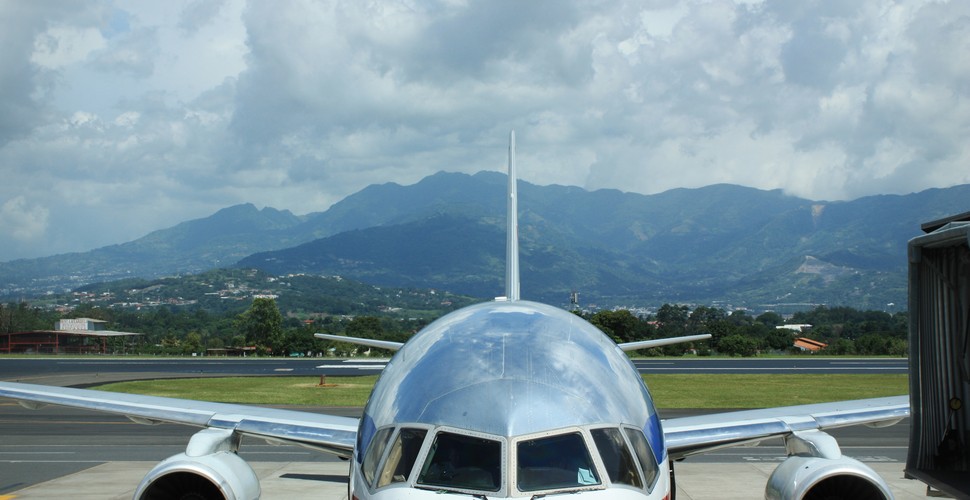
San Jose Airport
Bus travel in Costa Rica
Getting around Costa Rica by bus is by far the cheapest option, with the most expensive journey in the country (from San José to Paso Canoas on the Panamanian border) costing US$14. San José is the hub for virtually all bus services in the country and you usually will have to backtrack to the capital when traveling from one place to another. It’s best to book tickets for popular routes in advance, though you may be lucky enough to get on without a reservation. Tickets on most mid- to long-distance and popular routes are issued with a date and a seat number; make sure the date is correct, as you cannot normally change your ticket or get a refund. Bus schedules change with impressive frequency, so check in advance. The local buses that make short hops between towns and nearby villages and attractions are less comfortable and more crowded, though they can be convenient to use.
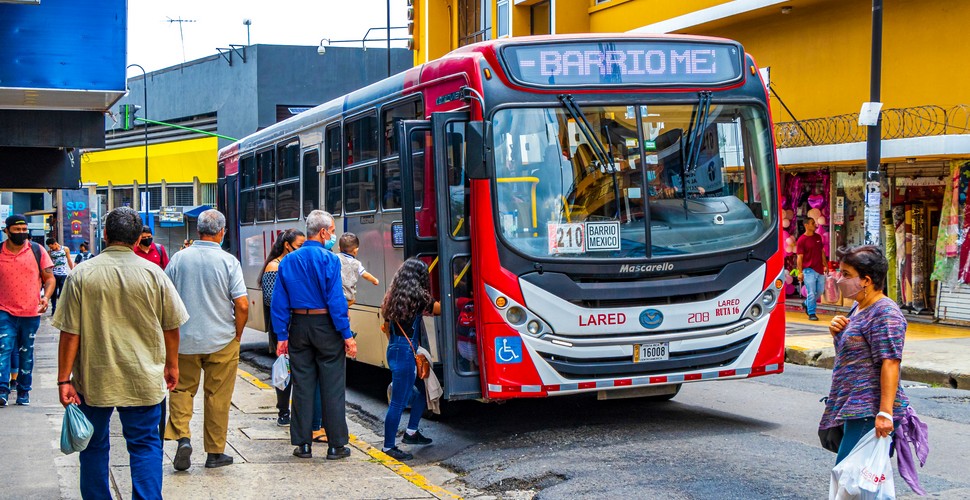
City Bus Travel
Shuttle buses
A network of air-conditioned shuttle buses connects most of Costa Rica’s main tourist destinations. While these often cost over five times as much as the public buses, they are significantly faster and more comfortable and will pick up and drop off at hotels. Try Interbus or the slightly more expensive Gray Line.
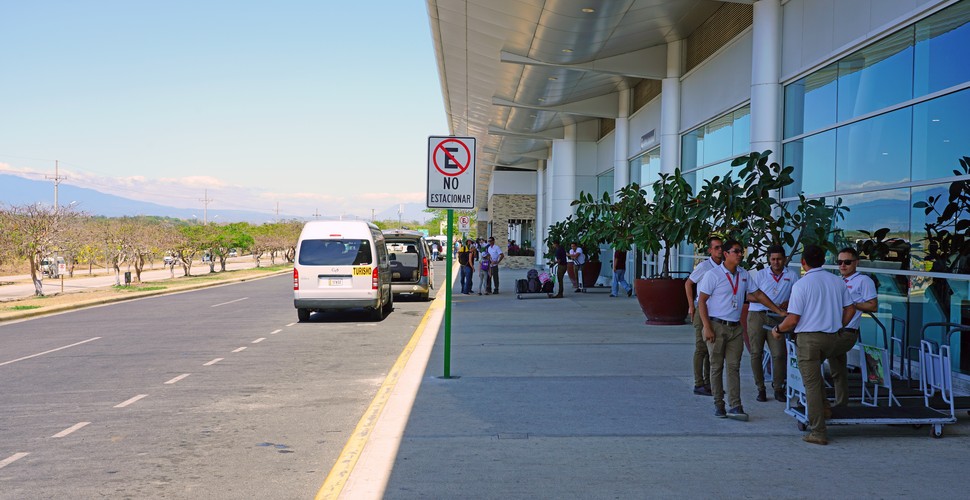
Airport Shuttle, Liberia
Renting a car in Costa Rica
Although there’s little traffic outside San José and the Valle Central. While many minor roads are badly potholed and unsurfaced, traveling around Costa Rica by car is relatively easy. Plus with your own vehicle, you can see the country at your own pace without having to adhere to bus or plane schedules. Most car rental companies are located in San José and at or around the international airports near Alajuela and Liberia, though you can also rent cars in various towns around the country. Local agencies invariably provide a much better deal than the major overseas operators although renting outside San José is usually a bit more expensive. During peak season (December to March), it’s wise to reserve a car before you arrive. Buying basic insurance is mandatory, even if you have your own. “Basic” insurance in Costa Rica tends to only cover damage by you to other people’s vehicles, not your own. Given the rudimentary state of some of the roads and the aggressive driving of some of the people on them, it is worth paying extra for full insurance. If you’re planning to visit the Nicoya Peninsula, Santa Elena, Monteverde, or remote parts of the Zona Sur, it’s definitely worth paying the extra money for a 4WD. Indeed, in some areas of the country during the rainy season (May to November), it’s a necessity for rough roads and river crossings.
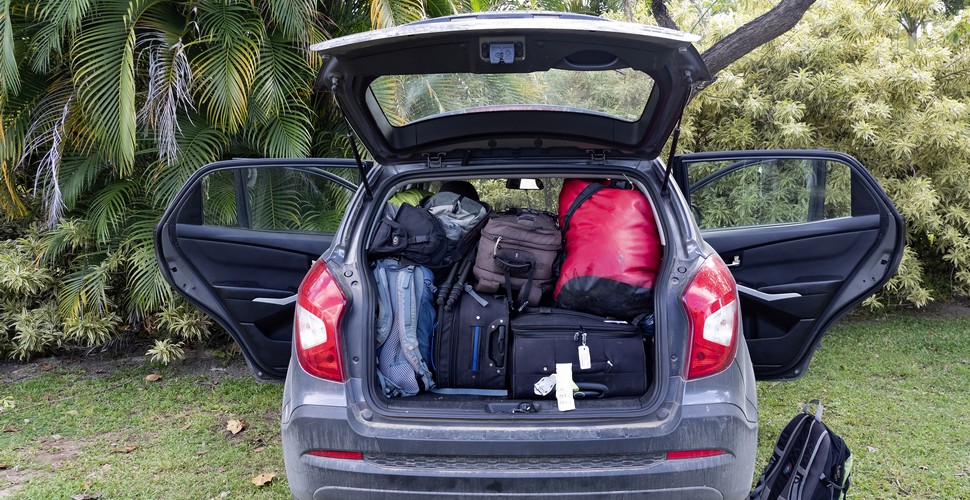
Car Hire
Taxi in Costa Rica
Taxis regularly do long trips as well as short-distance trips and are a decent value if you’re traveling in a group.
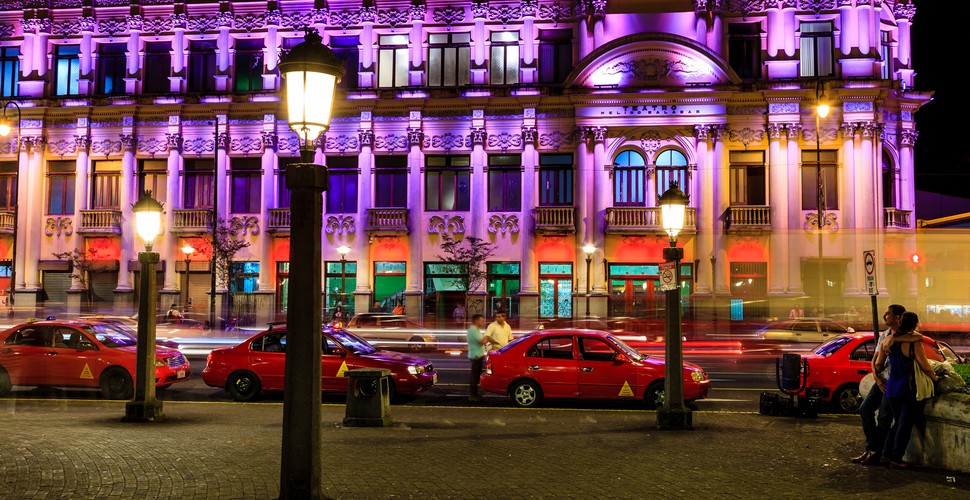
San Jose Taxis
Motorbikes and Scooters in Costa Rica
For riders with a decent amount of experience, a motorcycle is one of the best ways to travel in Costa Rica. You will need a valid driving license or endorsement in order to rent a bike. Smaller motorcycles for day trips (125–155cc) can be rented in some beach towns. Those who want to tour the country can rent larger motorcycles (250cc and above) or book guided tours out of San José. Once outside the metropolitan area, an endless number of curvy backroads and scenic gravel trails awaits. While the notorious road conditions of Costa Rica can be tiring in a car, they are usually great fun on a dual-sport motorbike, with good suspension.

Scooter Hire in Costa Rica
If you want more information about how to get around in Costa Rica, ask one of our special travel advisors here who will be happy to point you in the right direction!







